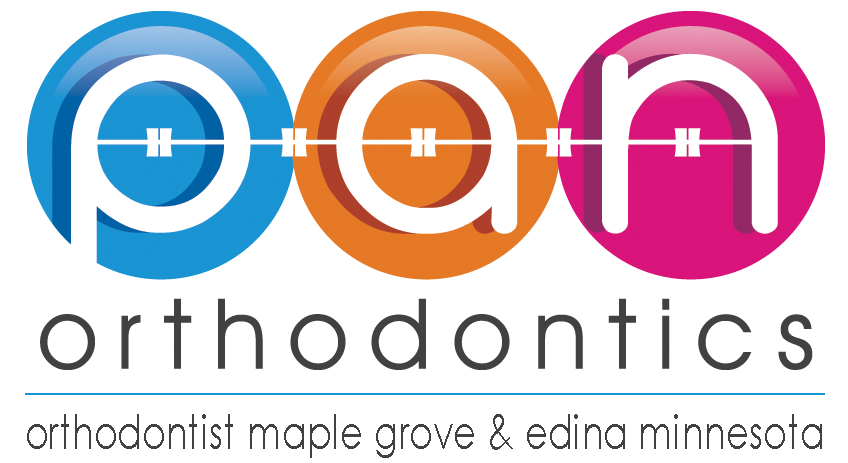Orthodontic Diagnosis - Malocclusion
A malocclusion is the misalignment or incorrect relationship between the teeth of the two dental arches when they approach each other as the jaws close with a bite. The term was introduced by Edward Angle who is considered to be the father of modern orthodontics. This condition refers to the way the opposing teeth meet or connect. In a literal definition, mal- + occlusion translates to “incorrect occlusion”.
Signs and symptoms
Malocclusion is common, however it is not typically serious enough to result in treatment. Patients who have a more serious malocclusion, which present as a part of craniofacial anomalies, may require orthodontic or surgical treatment in order to treat the issue.
The end goal of the orthodontic treatment is to achieve a stable, functional and aesthetic alignment of teeth which offers the patient improved oral and general health. The symptoms which often occur from malocclusion include the following:
- Tooth decay or caries - misaligned teeth make it more difficult to maintain good oral hygiene. Children who have poor oral hygiene and a poor diet are at an increased risk.
- Periodontal disease - irregular teeth can create added challenges in cleaning the teeth, which can result in poor plaque control. In addition, if the teeth are crowded, some may be more buccally or lingually placed. There can also be reduced bone and periodontal support. In Class III malocclusions, mandibular anterior teeth are pushed labially which can contribute to recessed gums and weaken periodontal support.
- Trauma to anterior teeth – Patients who have an increased overjet are also at an increased risk of suffering from trauma. A systematic review found that an overjet of more than 3mm doubles the risk of trauma.
- Masticatory function - Patients with anterior open bites, large increased & reverse overjet and hypodontia tent to have difficulty when chewing.
- Speech impairment - A lisp often occurs when the incisors cannot make contact. This condition is treatable with orthodontics. Other forms of misaligned teeth, however, will have little to no impact on the speech and orthodontic treatments have minimal effect on resolving the issues.
- Tooth impaction - These can cause the resorption of the adjacent teeth and other pathologies such as the formation of a dentigerous cyst.
- Psychosocial wellbeing - malocclusions of teeth which are unattractive can have a significant impact on a patient’s self-esteem and confidence. This can vary drastically as it is often subject to both cultural and racial influences.
Malocclusions are sometimes coupled with skeletal disharmony of the face. This occurs when the relations between the upper and lower jaws are not appropriate. The skeletal disharmonies often distort the shape of the patient’s face. This can affect the appearance of the face and can also be coupled with the mastication or speech problems. Most skeletal malocclusions can only be treated with orthognathic surgery.
Classification
Depending on the sagittal relations of the teeth and jaws, malocclusions are often divided into three types according to Angle's classification system which was published in 1899. There are other conditions such as the crowding of teeth which do no not directly fit into this classification.
A deep bite, which is also referred to as a Type II Malocclusion, is a condition where the upper teeth overlap the lower teeth. This can result in hard and soft tissue trauma, in addition to effecting the appearance of the teeth. It has been estimated to effect 15-20% of the US population.
An open bite is a condition characterized by the lack of overlap and occlusion between the upper and lower incisors. In children, an open bite can be a result of prolonged thumb sucking. Patients with an open bite often have impaired speech and mastication.
Pan Orthodontics Philosophy
To treat our patients as our families and to treat others as how we want to be treated. From your first phone call to the moment your new smile is born, everything in our office is set up to ensure an excellent experience with us. We will always listen to you and improve with your suggestions.
Featuring The Latest Orthodontics Technology
Our Commitment to You
We will continue to keep up with the ever growing digital technologies to improve your orthodontic experience. We also commit to always help you find the most convenient time for your visit with us.




